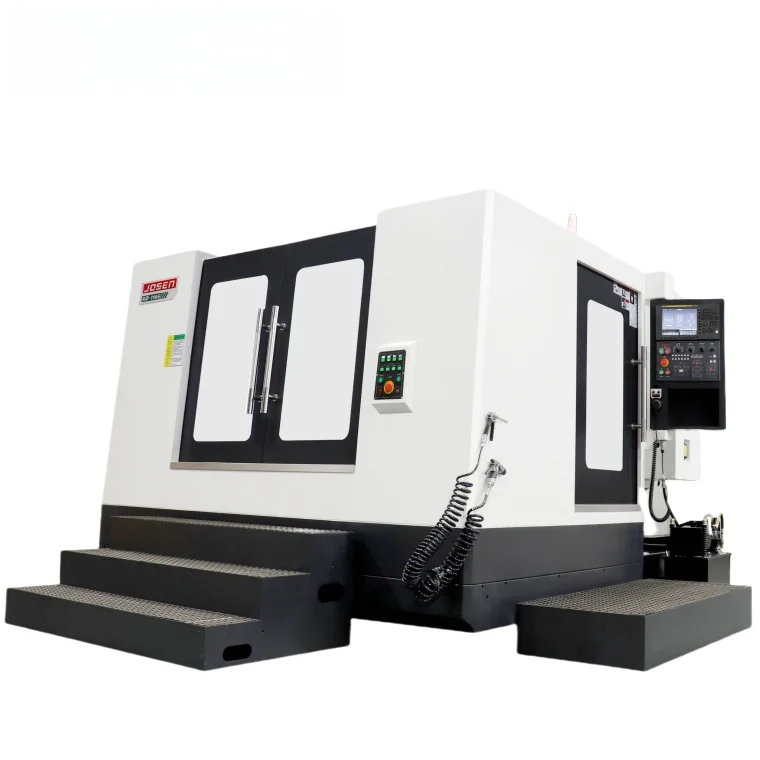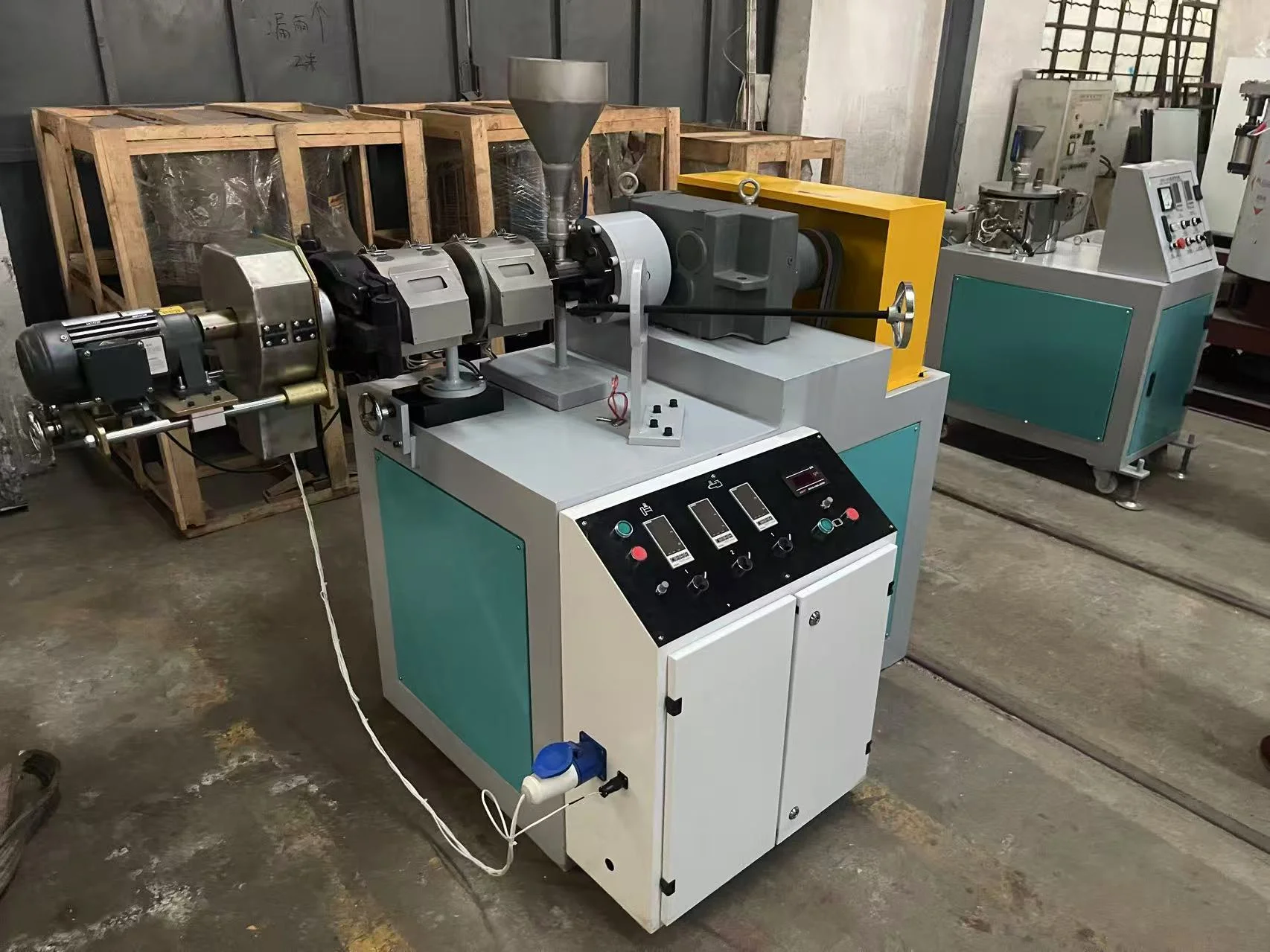When it comes to selling a home, one of the most critical decisions homeowners face is whether to list their property empty or furnished. This choice can significantly impact the perception of potential buyers, the speed of the sale, and ultimately, the sale price. In this article, we will delve into the advantages and disadvantages of both approaches, providing you with a nuanced understanding to make an informed decision.
The Case for Listing an Empty House
- Highlighting Space and Layout
An empty house allows potential buyers to visualize the space without the distraction of furniture. It emphasizes the layout and flow of the home, making it easier for buyers to imagine how their belongings will fit. This is particularly beneficial in smaller homes where every square foot counts. - Easier to Stage
When a house is empty, it can be easier to stage for showings. Professional stagers can create a neutral and appealing environment that highlights the home’s best features. This flexibility can lead to a more polished presentation, potentially attracting more buyers. - Clean Slate for Buyers
An empty home provides a blank canvas for buyers. They can envision their style and preferences without the influence of the current owner’s decor. This can be particularly appealing to buyers looking for a fresh start or those who prefer modern aesthetics.
The Advantages of Listing a Furnished Home
- Creating Emotional Connections
A furnished home can evoke emotions and help buyers envision their lives within the space. Well-placed furniture can create inviting atmospheres, making it easier for buyers to imagine hosting family gatherings or relaxing in their new living room. - Demonstrating Functionality
Furnished homes can showcase how spaces are meant to be used. For instance, a well-staged dining room can illustrate the potential for entertaining, while a cozy bedroom can highlight comfort and relaxation. This can be particularly advantageous in larger homes where the purpose of each room may not be immediately clear. - Faster Sales
Homes that are furnished and well-staged often sell faster than empty homes. Buyers may be more inclined to make an offer on a property that feels warm and inviting. Additionally, furnished homes can sometimes command higher prices, as buyers may perceive them as move-in ready.
Weighing the Costs and Benefits
While both options have their merits, it’s essential to consider the costs associated with each approach. Listing a home empty may save on staging costs, but it could lead to longer time on the market. Conversely, staging a home with furniture can require an investment, but it may yield a quicker sale and a higher return on investment.
Market Considerations
The decision to list a home empty or furnished can also depend on the local real estate market. In a seller’s market, where demand exceeds supply, an empty home may sell quickly regardless of staging. However, in a buyer’s market, where competition is fierce, a furnished home may stand out and attract more interest.
Conclusion: Making the Right Choice for You
Ultimately, the decision to list a house empty or with furniture depends on various factors, including the property type, local market conditions, and your personal preferences. If you choose to list your home empty, consider investing in professional staging to maximize its appeal. On the other hand, if you opt for a furnished listing, ensure that the furniture is neutral and complements the home’s architecture.



More Stories
Why a Foldable Trolley Cart on Wheels Has Become an Essential Mobility Solution for Daily Utility
How an Integrated Supply Chain Lowers Costs for High-Quality Indoor Volleyball Training Nets
How to ensure drinking safety with a stainless steel sports water bottle?